Description
Tyrosinase: The Enzyme Behind Browning, Pigmentation, and More
Tyrosinase, a copper-containing enzyme found in plants, animals, and microorganisms, plays a pivotal role in a variety of biological processes. While often associated with the undesirable browning of fruits and vegetables, the enzyme’s function extends far beyond this, impacting everything from skin pigmentation to the immune response. Understanding tyrosinase is crucial in fields ranging from agriculture and food science to dermatology and biotechnology.
The Browning Culprit:
Perhaps the most recognizable function of tyrosinase is its involvement in enzymatic browning. This process, responsible for the discoloration of cut apples, avocados, and potatoes, occurs when tyrosinase catalyzes the oxidation of phenolic compounds, such as tyrosine, into quinones. These quinones then polymerize to form melanins, the dark pigments that cause the browning effect. While aesthetically undesirable in some food applications, enzymatic browning can be a beneficial process in others, such as the development of the characteristic color and flavor of tea and coffee.
The Skin Pigmentation Maestro:
In animals, including humans, tyrosinase is the rate-limiting enzyme in melanogenesis, the biosynthesis of melanin. Melanin is the pigment responsible for the color of our skin, hair, and eyes, and it acts as a natural sunscreen, protecting against harmful UV radiation. Tyrosinase catalyzes the hydroxylation of L-tyrosine to L-DOPA (L-3,4-dihydroxyphenylalanine) and the subsequent oxidation of L-DOPA to dopaquinone, the precursor to melanin. Variations in tyrosinase activity and the type of melanin produced contribute to the diverse range of skin tones observed across different populations.
Beyond Browning and Pigmentation: Diverse Roles in Biology:
The influence of tyrosinase extends beyond browning and pigmentation. In insects, tyrosinase is involved in cuticle sclerotization, the hardening and tanning of the exoskeleton. In plants, it contributes to wound healing and defense against pathogens. Research continues to uncover new roles for tyrosinase in diverse biological processes, including:
- Immune Response: Studies suggest that tyrosinase may participate in the immune response by producing reactive quinone species that can inhibit microbial growth.
- Neurotransmission: L-DOPA, a product of tyrosinase activity, is a precursor to dopamine, a neurotransmitter essential for motor control, motivation, and pleasure.
- Bioremediation: Certain microbial tyrosinases are being explored for their potential to degrade harmful phenolic compounds in wastewater and contaminated soil.
Applications and Future Directions:
The multifaceted nature of tyrosinase has led to its utilization in various applications:
- Food Industry: Developing methods to control enzymatic browning in food processing is a major focus. This includes techniques such as blanching (heating), using chemical inhibitors, and modifying packaging to reduce oxygen exposure.
- Cosmetics: Tyrosinase inhibitors are widely used in skin-lightening products to reduce hyperpigmentation, such as age spots and melasma. Researchers are constantly searching for safer and more effective inhibitors.
- Biotechnology: Tyrosinase is being explored as a biocatalyst for various synthetic reactions, including the production of pharmaceuticals and polymers.
- Biomedical Applications: The enzyme’s role in melanin synthesis makes it a target for developing new treatments for skin cancers and other pigmentation disorders.
Conclusion:
Tyrosinase is a fascinating and versatile enzyme with significant implications for various fields. From the familiar browning of fruits to the complex regulation of skin pigmentation, tyrosinase plays a crucial role in biological processes. As research continues to unravel the intricacies of this enzyme, its potential applications in agriculture, medicine, and biotechnology promise to be even more profound. Understanding tyrosinase is not just about preventing browning; it’s about unlocking solutions for a wide range of challenges facing our world.

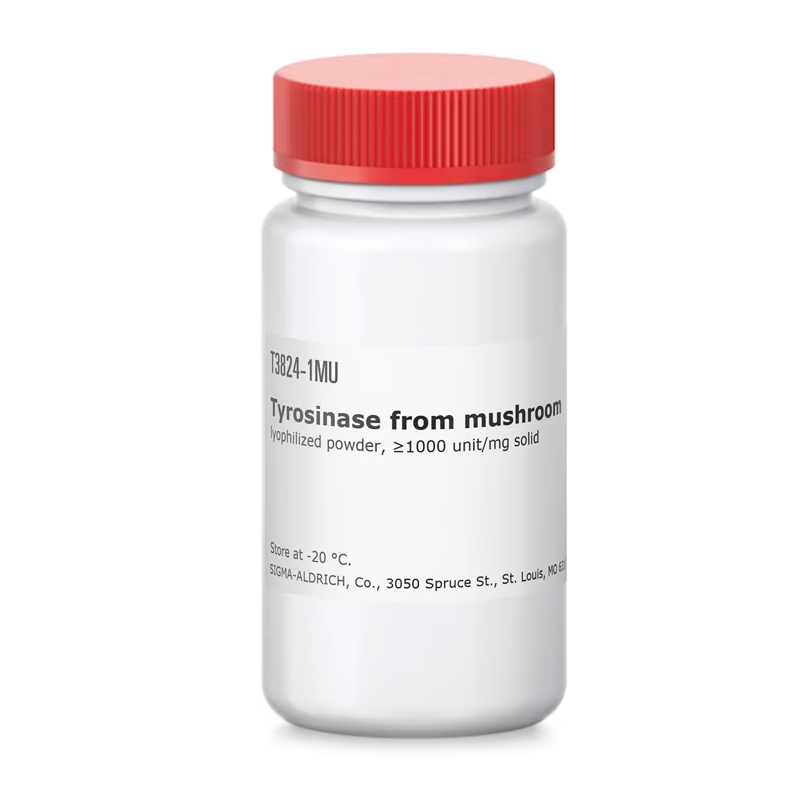
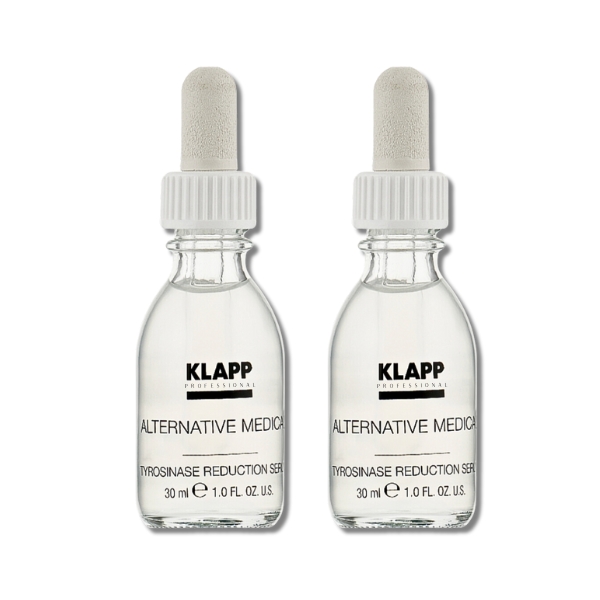
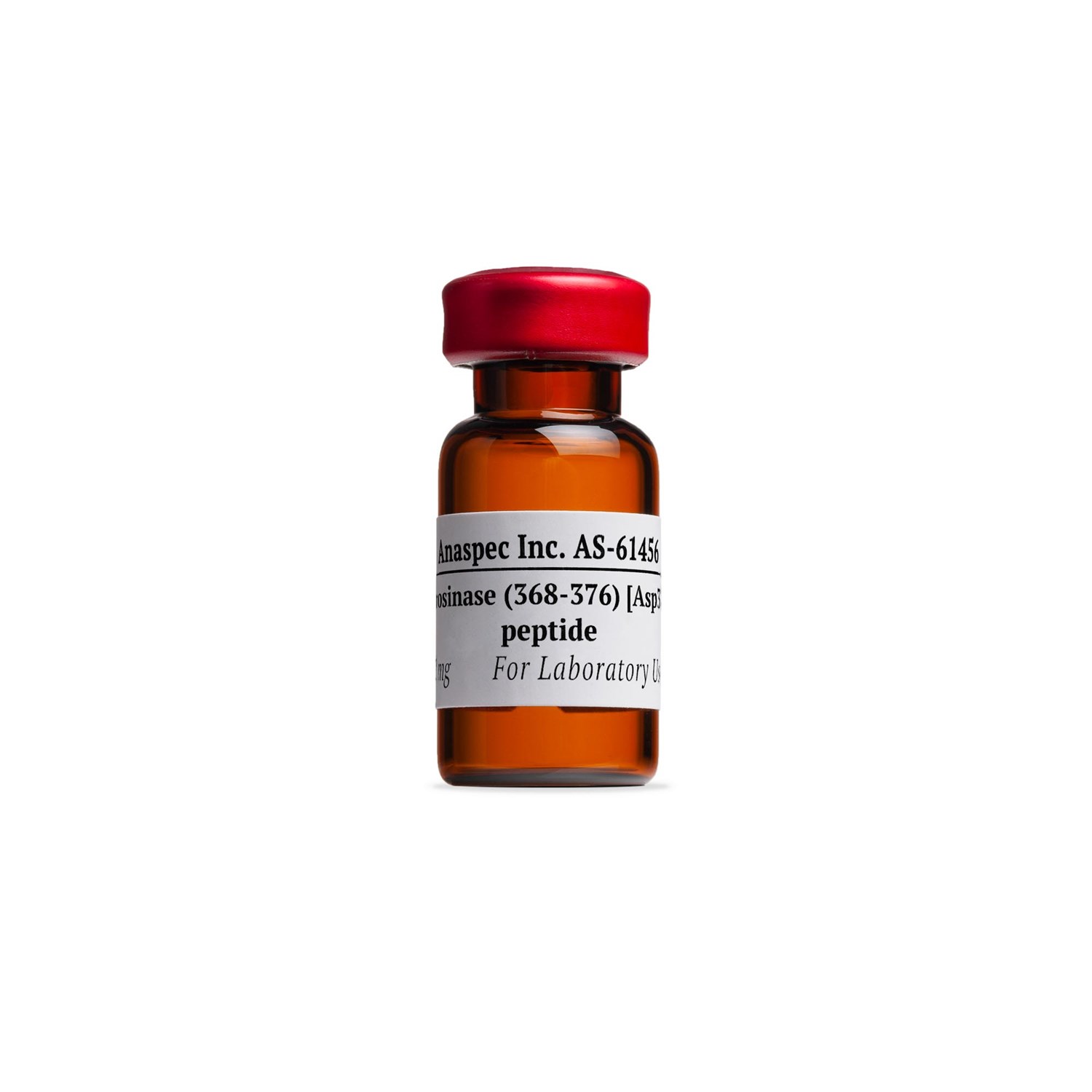
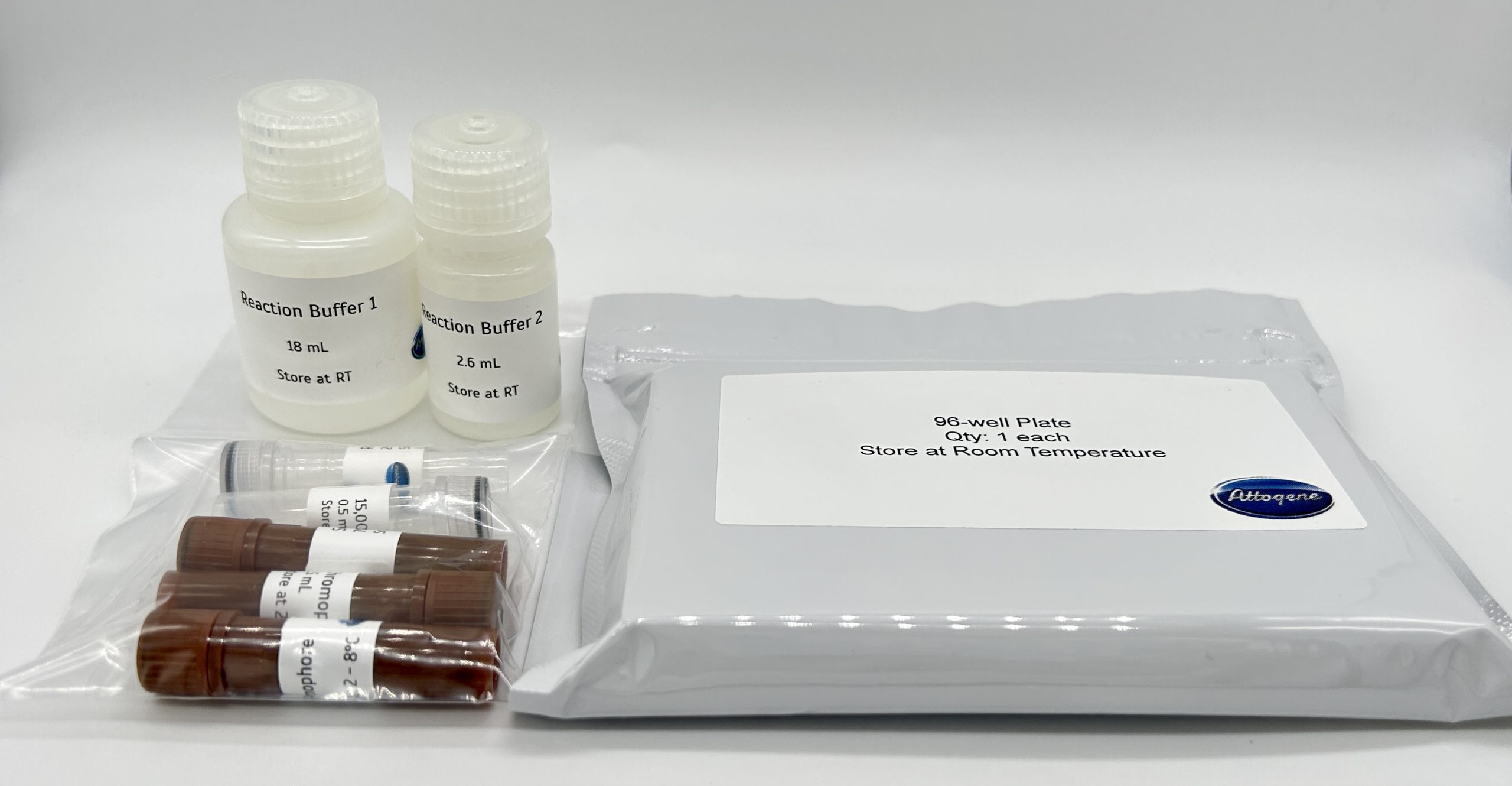
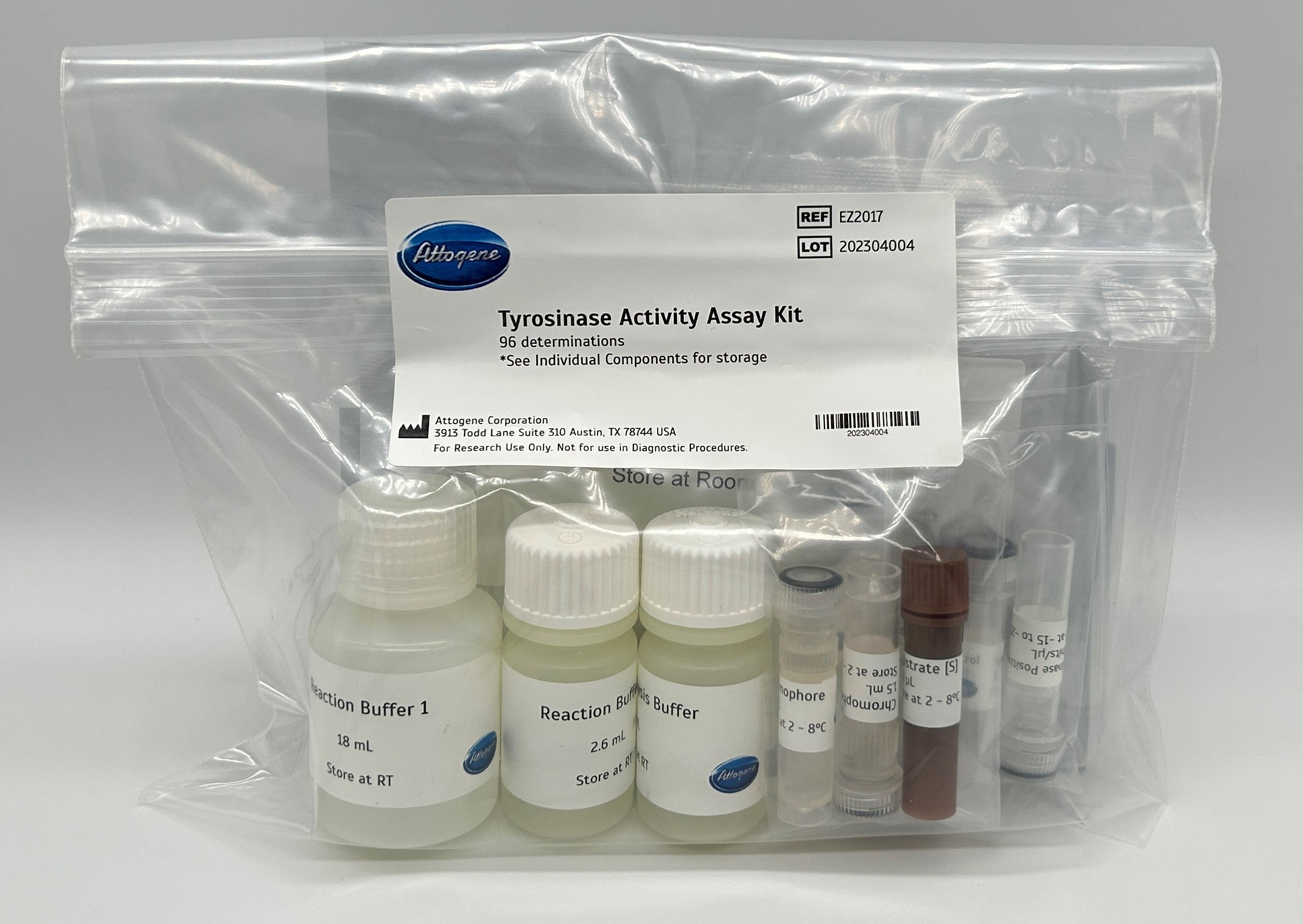
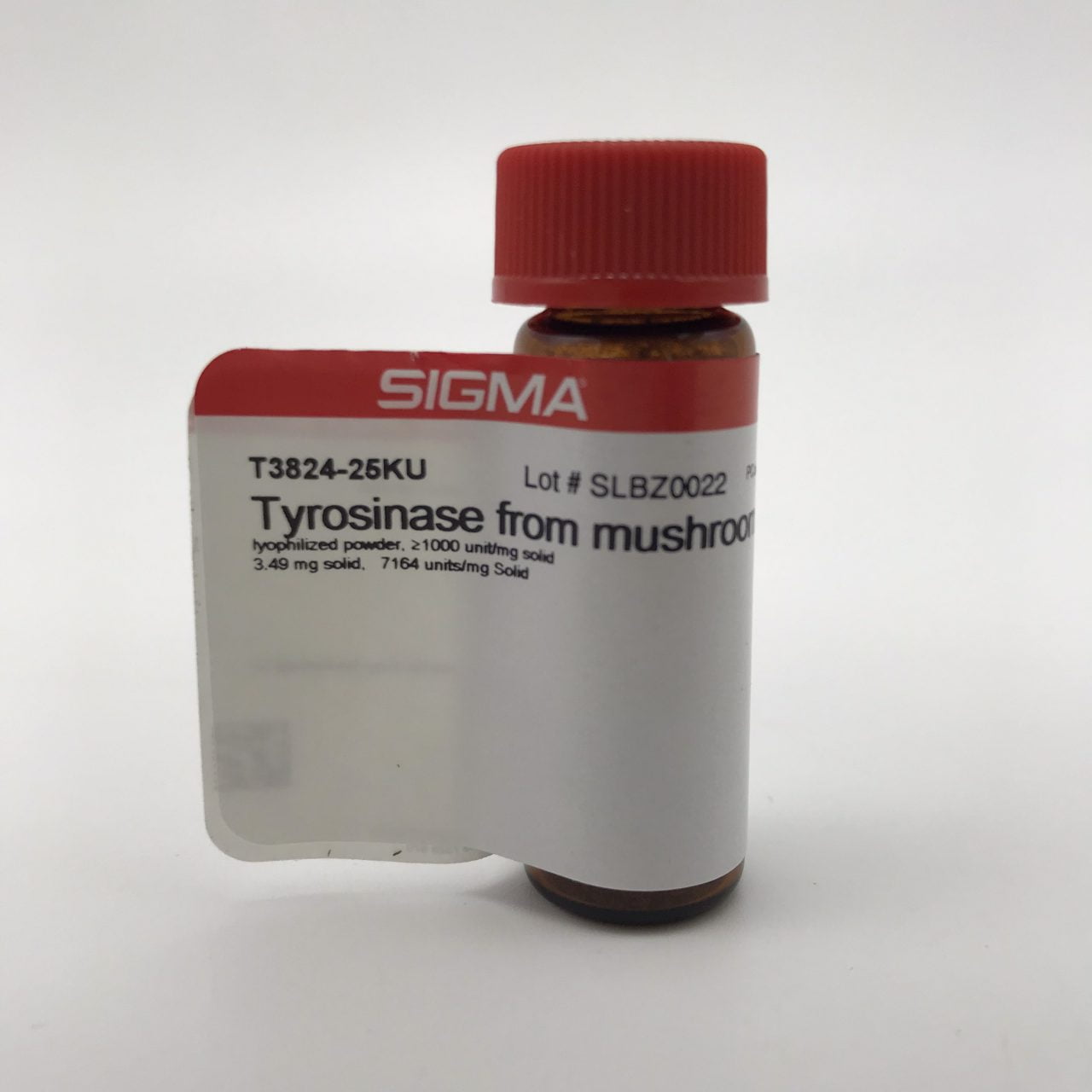
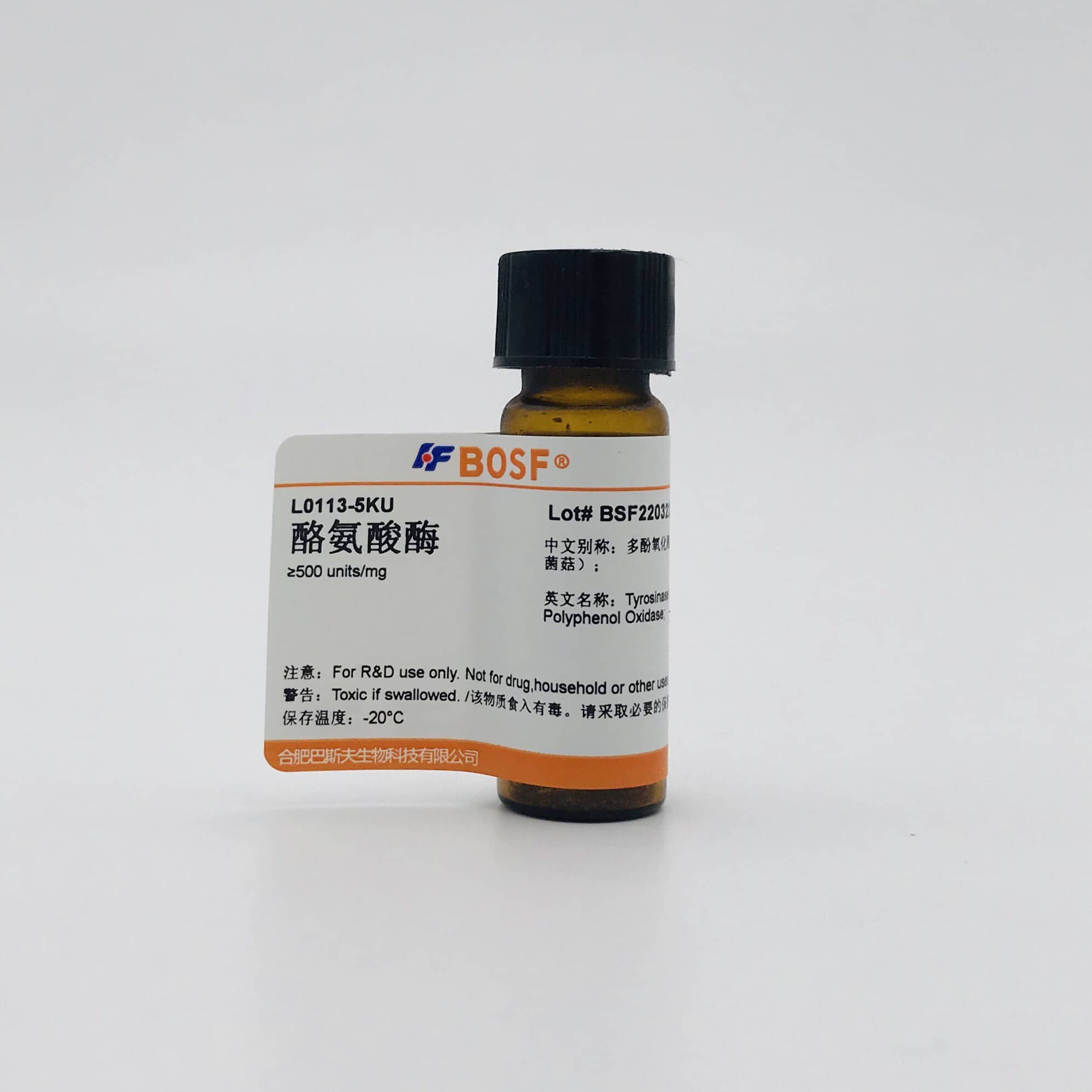




Reviews
There are no reviews yet.